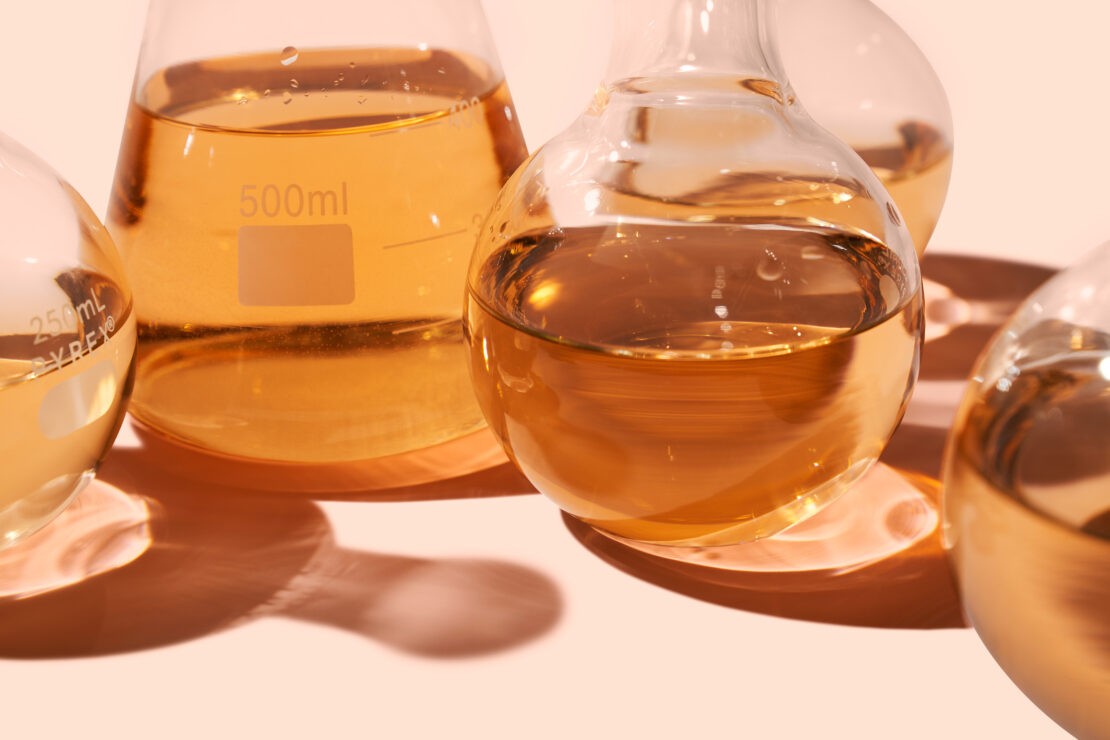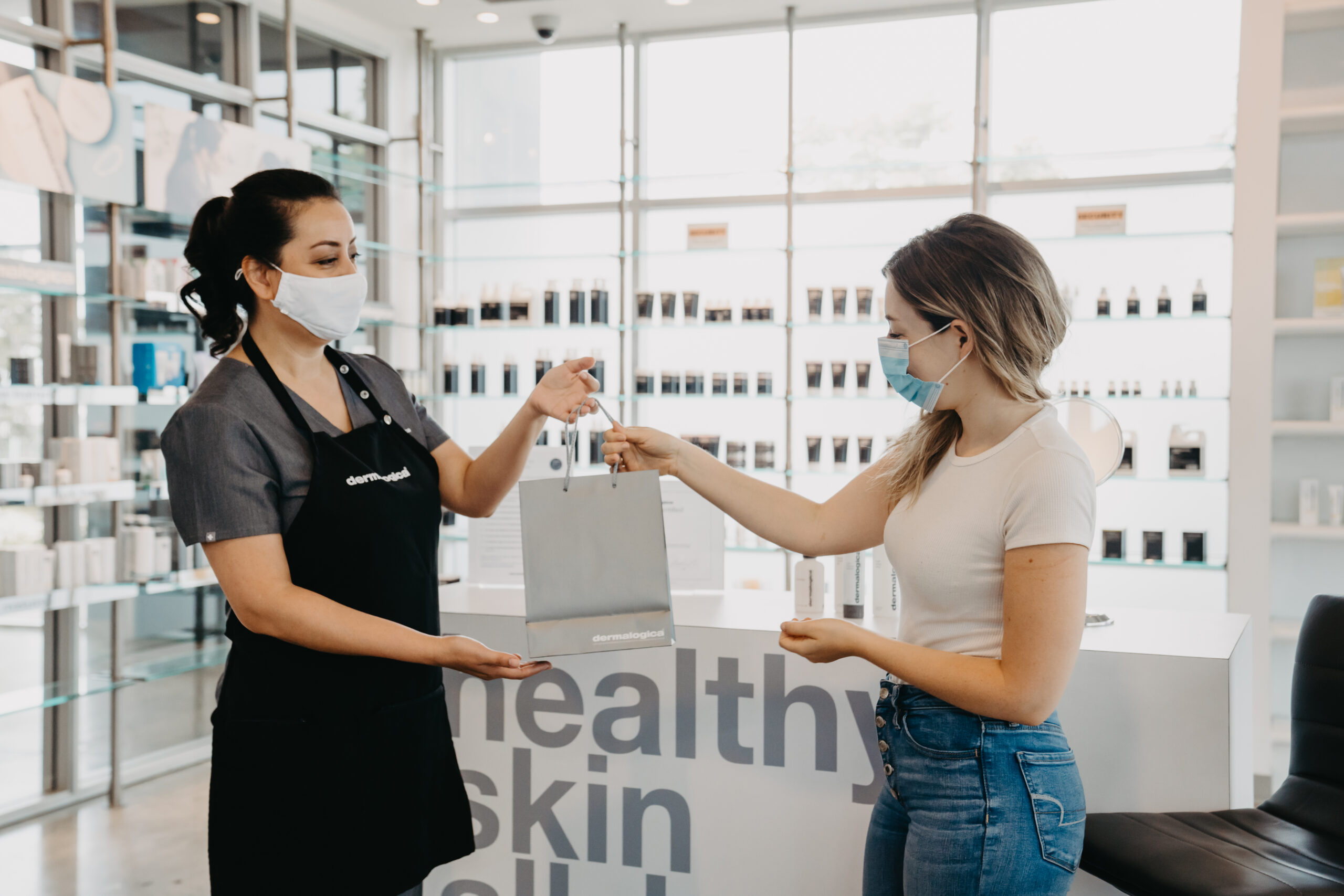
Q: What is the definition of a serum? What characteristics do all serums share?
Serums are concentrated skin care products that can be water-based or oil-based. They contain much higher concentrations of actives (i.e., vitamins, peptides, hyaluronic acid, etc.) than a moisturizer. Because of the super-concentrated amount of actives and the lightweight, non-occlusive nature of serums, the actives more readily penetrate the skin, delivering actives to the targeted site in the skin. Serums can be formulated to address specific skin conditions such as pigmentation, hydration, aging skin, etc.
Q: How do skin care serums differ from other products? Do they use different ingredients? Why use an anti-aging serum as opposed to a moisturizer with anti-aging ingredients, for example?
Serums use similar actives that may be included in a moisturizer or treatment product, but they are present in higher concentrations in a serum. Moisturizers are generally more emollient with more oils, which can impact penetration of the actives into the skin. Serums are often more compatible for use under makeup than a richer emollient moisturizer; they can even act as a primer, giving make-up a smoother finish.
Q: Can you have a serum and moisturizer in one? Why or why not? Can a serum be multipurpose, or must it be for a specific purpose?
You could have a hydrating serum that delivers concentrated actives and, at the same time, hydrates the skin, so yes, it could be a serum and moisturizer in one. This would obviously be more appropriate for someone who does not need a richer moisturizer. Moisturizers are generally more emollient, which is not usually the case with serums; and they tend to have a larger array of ingredients, whereas serums tend to have higher concentrations of fewer ingredients. Serums do tend to be targeted for specific skin conditions, which will determine the actives used in the formula.
Q: What are the keys to selecting a treatment serum and what are the latest developments in this category? Are formulations improving penetration and shelf life?
Serums have been in the cosmetic industry for several decades. However, it is the nature of the actives used in these serums that is making them so popular today. New peptides, more stable forms of vitamins, encapsulated actives, etc., are all entering the marketplace and are excellent candidates for incorporation into a serum formula.
More recent encapsulation technology, such as newer, smaller liposome structures representing the next generation in liposome technology, has helped improve penetration of actives to targeted sites in the skin. The shelf life of a serum will of course depend on the actives used in the formula.
Q: What are the top reasons for adding a serum to a client’s skin care regimen?
To deliver a concentrated dose of actives targeting a specific skin care condition.
Related articles
How Does Menopause Affect Your Skin?
Healing the Industry, the World and Ourselves
Controlling Aging Skin
stay in the know
Get special offers on the latest developments from Front.



